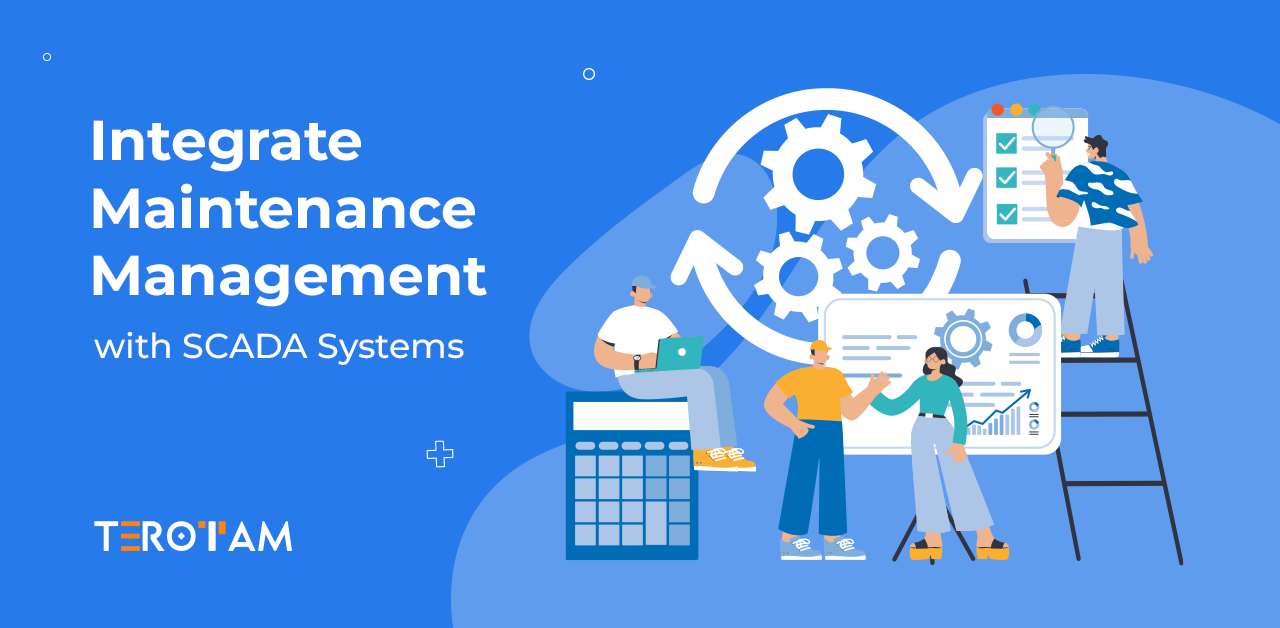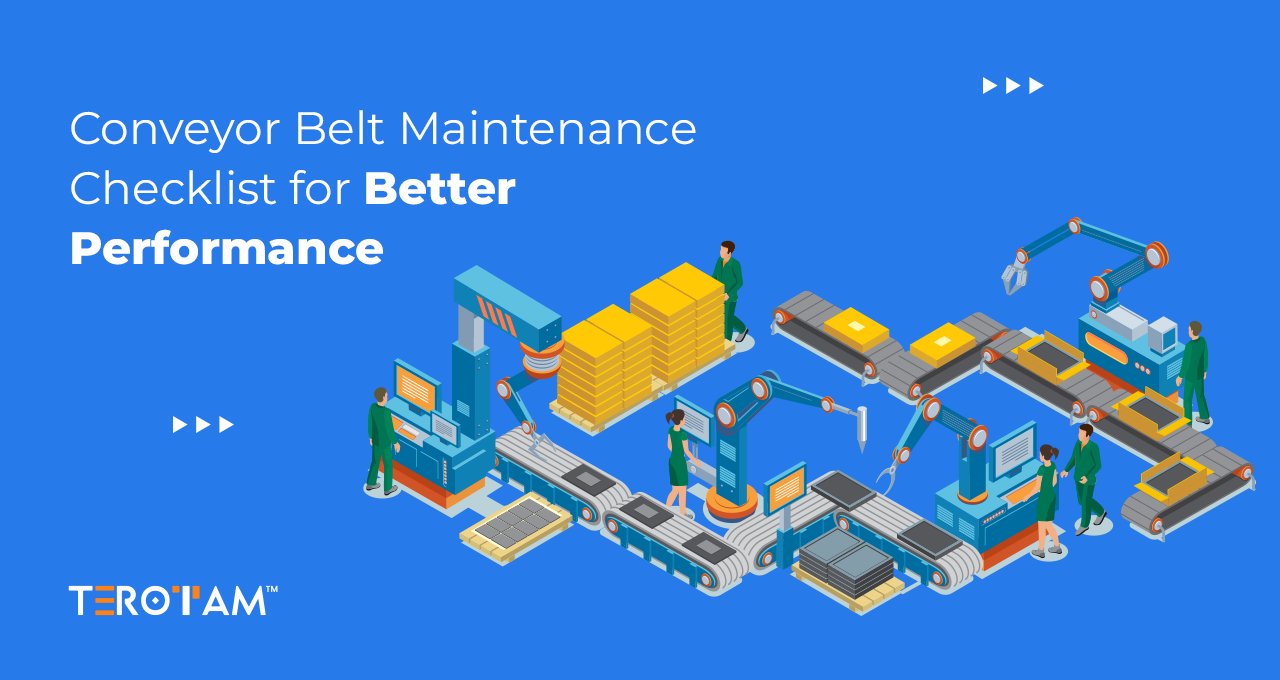As industries evolve, the convergence of advanced technologies has become vital for optimizing operational efficiency and minimizing downtime. One of the most impactful integrations in this domain is the merging of Maintenance Management Systems (CMMS) with Supervisory Control and Data Acquisition (SCADA) systems. Together, these systems offer the capability to transition from reactive to predictive maintenance, provide real-time diagnostics, and enable data-driven decision-making.
In this article, we will explore the technical aspects, benefits, and challenges of integrating SCADA systems with maintenance management, focusing on how this synergy improves asset reliability, enhances operational efficiency, and reduces overall maintenance costs.
SCADA and Maintenance Management Systems: A Technical Overview
To fully appreciate the benefits of integrating SCADA with CMMS, it’s crucial to understand their individual roles. Each system contributes unique capabilities that, when combined, create a more intelligent and proactive maintenance environment.
Supervisory Control and Data Acquisition (SCADA) Systems:
SCADA systems are designed to monitor and control industrial operations across widespread facilities or multiple production units. They gather real-time data from sensors and actuators, giving operators detailed visibility into equipment performance. SCADA enables remote control, generates historical data, and triggers alerts for abnormal conditions—crucial for operational oversight.
Computerized Maintenance Management Systems (CMMS):
CMMS platforms are built to streamline and automate maintenance activities. They manage preventive maintenance schedules, work orders, spare part inventories, and equipment records. By enabling maintenance teams to stay on top of recurring tasks and resource allocation, CMMS improves efficiency, minimizes downtime, and extends asset lifespan.
When combined, SCADA’s real-time monitoring capabilities and CMMS’s structured maintenance protocols create a powerful tool for predictive maintenance and strategic decision-making.
Key Advantages of SCADA-CMMS Integration
Integrating SCADA systems with Computerized Maintenance Management Systems (CMMS) brings a game-changing shift in how industries manage their assets. It bridges the gap between real-time monitoring and proactive maintenance, allowing companies to stay ahead of equipment failures, streamline operations, and make smarter, data-driven decisions.
1. Predictive Maintenance Through Real-Time Data Analytics
At the core of this integration is the ability to shift from time-based preventive maintenance to predictive maintenance. SCADA systems collect continuous data on equipment parameters such as vibration, temperature, pressure, and flow rates. By feeding this data into an CMMS equipped with analytical tools, patterns of wear or malfunction can be identified early.
For example, trends like increasing motor vibration or fluctuating fluid pressure might indicate an impending mechanical failure. With predictive analytics, maintenance tasks can be automatically scheduled before failures occur, ensuring that necessary repairs are carried out proactively, rather than in response to breakdowns. This not only improves asset longevity but also significantly reduces unplanned downtime.
2. Seamless Automation of Maintenance Workflows
The integration of SCADA and CMMS creates a feedback loop where system-generated alerts directly inform maintenance activities. When a SCADA system detects deviations from optimal operating conditions—such as overheating in a transformer or abnormal pressure in a pipeline—it can automatically trigger a maintenance request in the CMMS.
The CMMS then assigns a work order based on predefined priorities and resource availability. Technicians are informed in real-time, along with details such as the nature of the fault, the parts needed, and the estimated time for resolution. This level of automation eliminates the manual reporting of faults and ensures that maintenance teams respond swiftly and efficiently, minimizing downtime.
3. Advanced Diagnostics for Root Cause Analysis
One of the most powerful aspects of SCADA-CMMS integration is the capability for advanced diagnostics. The real-time data captured by SCADA can be cross-referenced with historical maintenance records stored in the CMMS, making it easier to identify recurring issues and pinpoint root causes.
For instance, if a particular motor fails repeatedly despite scheduled maintenance, integrating SCADA data can reveal underlying issues such as power surges or fluctuations in operating conditions. By analyzing this data, maintenance teams can develop more effective long-term strategies, potentially upgrading or replacing problematic equipment rather than repeatedly repairing it.
4. Optimized Asset Lifecycle Management
Asset lifecycle management involves tracking the performance and condition of equipment from installation through decommissioning. The real-time data from SCADA systems, combined with the historical maintenance data in CMMS, provides a holistic view of each asset’s health and performance.
This data can inform decisions regarding when to replace or refurbish equipment. Rather than relying on manufacturer recommendations alone, organizations can use SCADA data to tailor maintenance and replacement schedules based on actual operating conditions. This leads to a more efficient allocation of capital and ensures that assets are used to their maximum potential before being retired or replaced.
5. Streamlined Inventory and Resource Management
Effective maintenance requires careful planning and management of spare parts and resources. Integration between SCADA and CMMS can significantly enhance inventory management by automatically updating spare parts requirements based on equipment performance.
For example, if a SCADA system detects excessive wear in a pump’s impeller, the CMMS can check the availability of the replacement part in inventory and, if necessary, trigger an order to replenish stock. This reduces the risk of downtime due to parts shortages and ensures that necessary components are always available when needed. Moreover, this approach optimizes inventory levels, reducing excess stock and associated carrying costs.
Technical Considerations for SCADA-CMMS Integration
While the benefits of integrating SCADA with CMMS are significant, the process is not without technical challenges. Here are some considerations that must be addressed for successful implementation:
- System Compatibility: Not all SCADA and CMMS platforms are natively compatible. Middleware or custom APIs may be needed to ensure seamless data exchange between the two systems. Organizations must ensure that both systems can communicate effectively, using industry-standard protocols like OPC (OLE for Process Control) or Modbus for data exchange.
- Data Security and Integrity: Integrating SCADA with CMMS increases the complexity of the data environment. Cybersecurity measures should be implemented to protect sensitive operational data from unauthorized access or tampering. This includes using encryption, firewalls, and regular audits to safeguard the integrated system.
- Scalability: The integration should be designed with scalability in mind. As organizations grow, the number of assets and data points will increase. Both the SCADA and CMMS systems should be able to handle increased data flow without compromising performance or data processing capabilities.
- Training and Change Management: Implementing an integrated system requires that both operational and maintenance teams are well-trained on its capabilities. Employees must understand how to use the new system efficiently, including interpreting SCADA data, managing maintenance requests, and troubleshooting issues related to the integration.
Conclusion
The integration of SCADA systems with Maintenance Management Systems represents a key step in modernizing industrial maintenance practices. By leveraging real-time data analytics, organizations can transition from reactive to predictive maintenance, optimize asset life cycles, and improve overall operational efficiency. Though technical challenges such as system compatibility and data security need to be addressed, the long-term benefits of this integration—reduced downtime, lower maintenance costs, and enhanced asset reliability—make it an essential strategy for industries aiming to improve their competitiveness and operational resilience.
Want to know more about how CMMS integrate with your SCADA system and produce undoubted benefits to your business? – Don’t stop then. Just call us now or drop us a line today at contact@terotam.com








